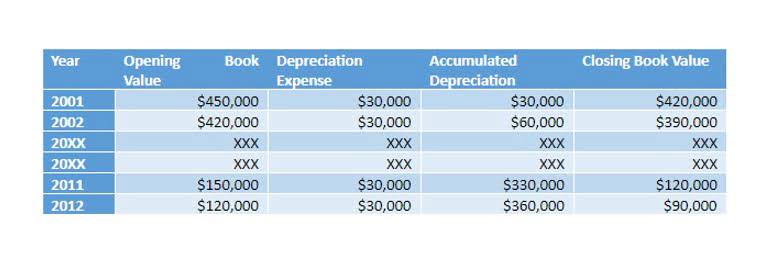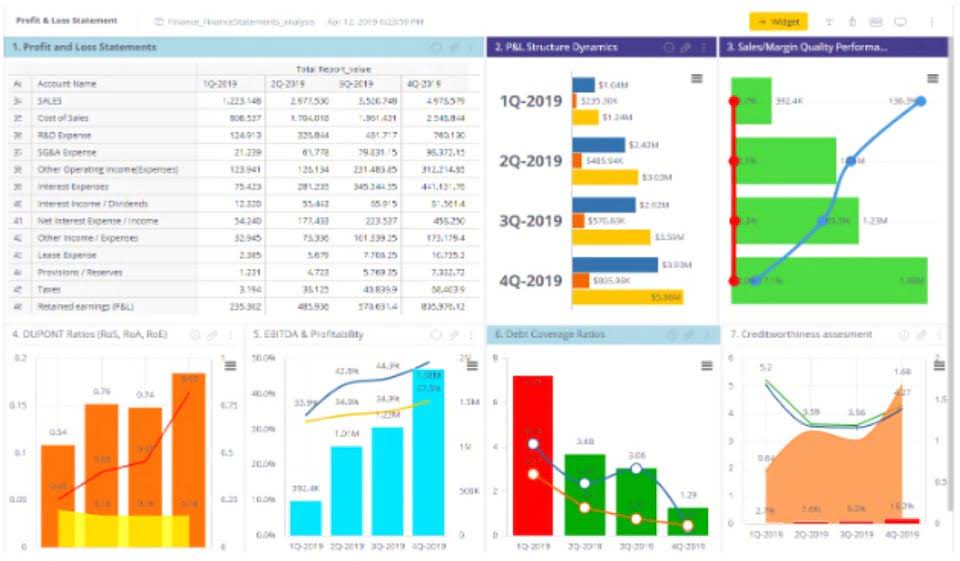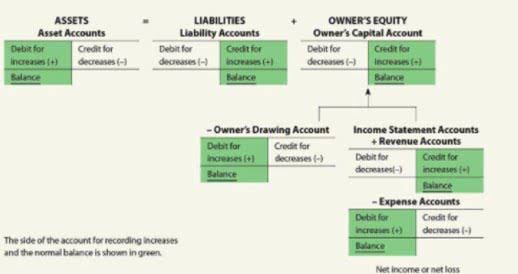
Payroll withholding is when an employer deducts a portion of their employees’ pay to satisfy legal tax requirements. While freelancers, independent contractors, and other self-employed bookkeeping workers must pay regular quarterly taxes, full and part-time employees of businesses do not. Payroll withholding refers to when an employer withholds a portion of an employee’s gross wages to pay for taxes.
- Whether you’re a salaried employee, an hourly employee, seasonal employee, part-time employee, or full-time employee, you’re taxable.
- Both employers and employees contribute to these programs through payroll taxes.
- Enter how many extra hours were performed if the employee was paid for them.
- For the good of your organization and its employees, it’s better to avoid payroll issues (and the costly errors).
- That means as a Texas business owner—assuming all of your staff carry out the majority of their job within state lines—all you will need to withhold is federal taxes.
Aggregate Filers
There are four substeps to take to work out your total federal taxes. Select Calculate Check, and we’ll estimate your employee’s earnings for the pay period entered. For hourly and salaried employees, finish this step by setting the pay date and pay frequency.

Pay Information of the Employees
If they do, then they may ask you to withhold a part of their wages to cover the employee-paid portion of the premiums. The way the responsibility for health care premiums is divided between the business and employees is up to you as the business owner. A withholding allowance is a claim an employee can make to have less of their paycheck withheld for taxes. The more allowances a worker claims, the less money will be withheld from each paycheck. Depending on the date of the tax deposit, you have to report federal (FICA and FUTA) and state (SUTA) taxes post-payroll to file payroll taxes.
We help 1.4 million businesses manage payroll and file taxes.6
Small business owners have enough to deal with, and payroll taxes don’t need to complicate matters. QuickBooks cloud payroll software powered by Employment Hero, makes the process simple, from providing Single Touch Payroll to rostering and accounting. Now, as a small business owner, you have to https://www.bookstime.com/articles/501-c3-donors perform the crucial task of putting together pay stubs and summarizing the payroll withholdings correctly. If you find these concepts difficult, read on to learn about payroll taxes, including what they are and your obligations as a small business owner to pay them.


Employers are solely responsible for paying federal unemployment tax payments. Understanding these differences is crucial for both employers and employees. This free take-home pay calculator helps make payroll services easier. It gives you a detailed breakdown of gross pay, including bonuses, overtime, and commissions. You can also deduct state and federal taxes, as well as employee-requested allowances, for a clearer view of each worker’s net earnings.

Estimate taxes
No additional local income taxes are levied in Virginia by cities or counties. Eight states don’t have an income tax, and one (New Hampshire) has no wage income tax. After calculating your total tax liability, subtract deductions (pre and post-tax) and any withholdings (if applicable). Eight states are without an income tax, and one has no wage income tax. Before you can e-pay or e-file payroll taxes using QuickBooks, make sure you complete your payroll quickbooks payroll tax calculator tax setup.

Forms
If you don’t yet have the employee’s W-4, the payroll calculator can fill in tax rates to help you create a semi-accurate paycheck estimate. Understanding payroll tax calculations is vital for accurate payouts and ensuring compliance. To calculate payroll, begin by determine the employee’s gross pay. Then, deduct federal and provincial income tax based on CRA tax tables and employee TD1 forms, followed by CPP/QPP contributions, and EI/QPIP premiums (check for current rates). Finally, include any additional voluntary or mandatory deductions like union dues or persion to arrive at net pay. The calculation of Federal income taxes relies on information provided through Form W-4 and Year-to-Date (YTD) data.















